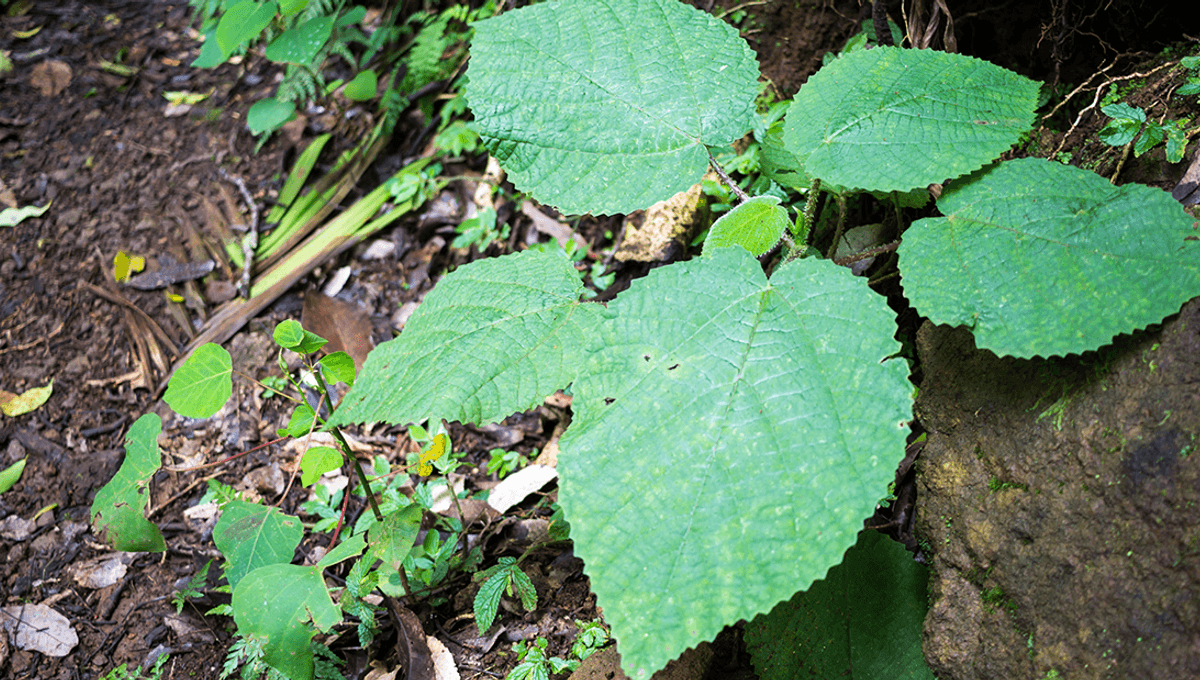
A woman has explained what it was like to fall into one of the world’s most-deadly plants: Australia’s infamous Dendrocnide moroides, more commonly known as gympie-gympie (after the town where it was discovered) or the stinging tree (after what it will do to you with gusto).
The plant, a type of nettle, is pretty toxic all over, but especially on the stems. Amongst the first to come across the tree was North Queensland road surveyor A.C. Macmillan. In 1866 he reported that his packhorse had been stung by the tree before it “got mad, and died within two hours”.
In short, it is not the kind of plant you want to slide into while mountain biking, which is what 42-year-old Naomi Lewis did near her home in Cairns, Australia, covering her legs in hairs from the plant.
“The pain was just beyond unbearable. The body gets to a pain threshold and then I started vomiting,” Lewis explained to ABC News.
Her husband took her to a pharmacy to buy wax strips in an attempt to get the tree’s hairs out. While waiting for an ambulance, he and others heated the wax strips on his car and removed what they could. In hospital, where she stayed for a week, they couldn’t do much more than throw heat blankets on her legs and manage her pain.
“I’ve had four kids – three caesareans and one natural childbirth” Lewis added. “None of them even come close.”
She was discharged with painkillers, but nine months later can still feel sudden sharp pains in her legs, like someone has pinged her with a rubber band.
Other people who have been stung by the plant have described it as “the worst kind of pain you can imagine”.
“I remember it feeling like there were giant hands trying to squash my chest,” Ernie Rider said of his encounter with gympie-gympie in 1963. “For two or three days the pain was almost unbearable; I couldn’t work or sleep, then it was pretty bad pain for another fortnight or so. The stinging persisted for two years and recurred every time I had a cold shower.”
It’s generally described as a stinging pain, which peaks after 20-30 minutes. Even then, like in Lewis’s case, the ordeal might not be over.
“The hairs can remain in the skin for up to six months,” stingee turned gympie-gympie researcher Marina Hurley explained in 2018, “with stings recurring if the skin is pressed hard or washed with hot or cold water”.
Remarkably, the plants have been found with bite marks on them, suggesting that there are animals out there able to cope with the toxic plant. After investigation, Hurley found several culprits, including beetles, other insects, and red-legged pademelons, a type of small marsupial.
Source Link: Woman Explains What It Was Like To Fall Into The World's Most Dangerous Plant